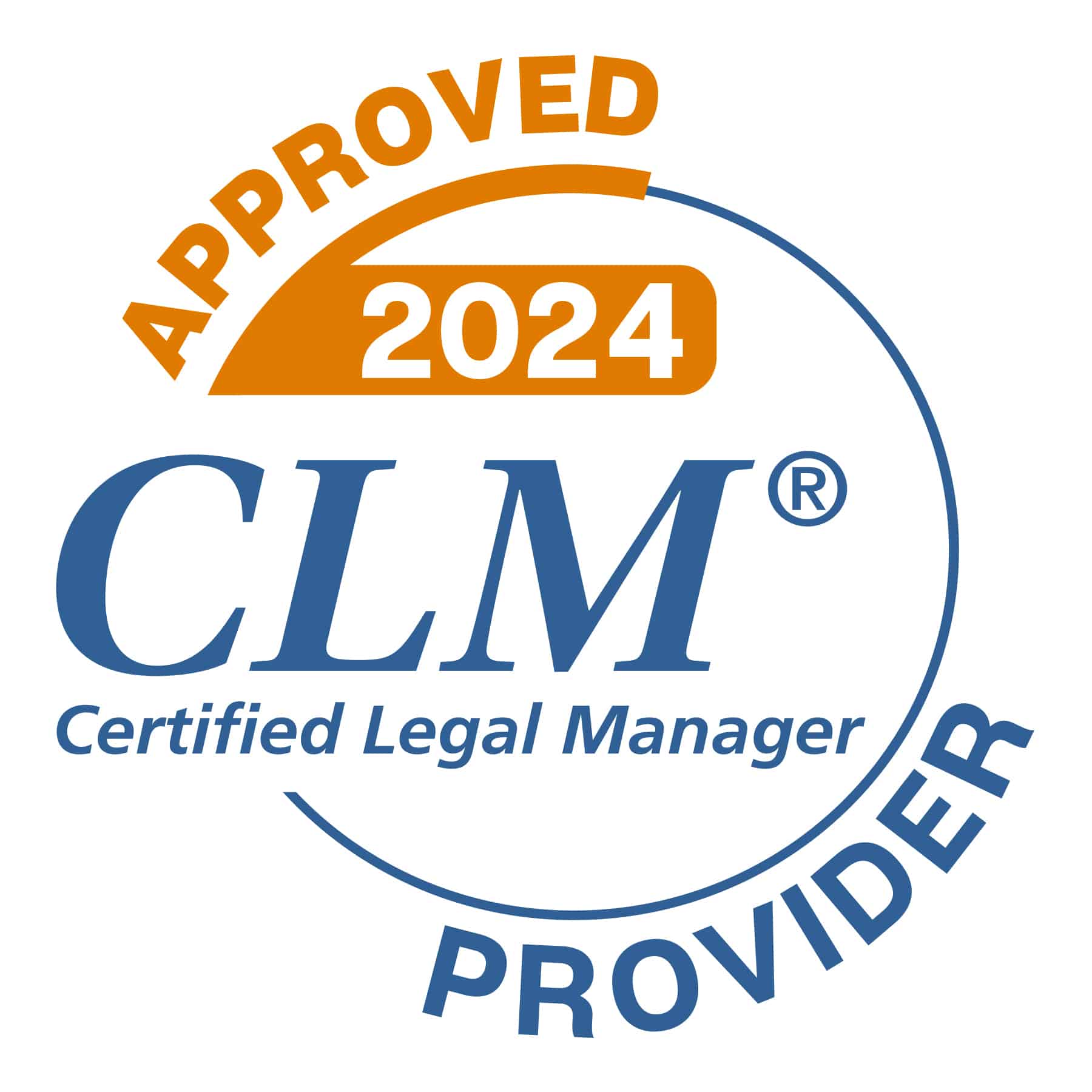Running a law firm is more than just delivering exceptional legal services; it’s about running a thriving business. In a recent webinar, Gary, a seasoned attorney with 35 years of experience, shared valuable insights into how law firms can operate more efficiently and profitably. His emphasis on the core pillars of people, product, and process resonated with attendees, providing them with actionable strategies to elevate their firm’s financial performance.
The Power of People, Product, and Process
Gary highlighted the significance of creating a strong culture within law firms, noting that building a healthy work environment is key to long-term success. He encouraged firms to implement effective compensation systems and ensure succession planning to secure the future. Additionally, he stressed the importance of a low-overhead operational model and a lean technology stack, which together can significantly reduce overhead costs and improve efficiency.
But perhaps most eye-opening was Gary’s comparison between average firms and best-in-class firms. By focusing on key metrics like capacity utilization, realization, and collection rates, firms can see drastic improvements in profitability. Gary’s message was clear: law firms that optimize their processes can see higher profits and enhanced business outcomes.
Navigating Divorce Proceedings with Empathy
Beyond improving internal operations, Gary explored the human side of legal practice, particularly when dealing with complex family law matters such as divorce. He emphasized the importance of understanding the emotional journey clients go through and the necessity of lawyers to demonstrate empathy throughout the process.
Lawyers must not only protect their clients’ assets and interests but also understand their emotional needs. Gary suggested that conducting client interviews and focusing on communication can help law firms gain a better perspective on what clients truly expect. Addressing concerns like uncertainty about costs or fear of prolonged legal battles can enhance trust and ensure smoother client relationships.
Reframing Legal Services for Better Client Engagement
Gary encouraged law firms to think beyond traditional legal services and focus on creating value for their clients. He introduced the idea of reframing the problem, urging firms to consider the broader impact of their services on clients’ lives. By involving staff members and embracing brainstorming methods, firms can explore innovative solutions that align with their clients’ evolving needs.
This led to a discussion on improving client engagement, where Gary suggested that even casual, non-billable conversations with clients can yield valuable insights. Building trusted relationships, particularly with corporate clients, requires more than just offering legal expertise—it requires a deeper understanding of what clients value and how they perceive your services.
Combining Legal and Non-Legal Services for Comprehensive Solutions
One of the standout strategies from Gary’s talk was the potential to expand law firm offerings by combining traditional legal services with non-legal, softer services. For instance, introducing a flat-fee divorce package or providing mediation services can address clients’ emotional concerns and reduce their fear of unpredictable costs.
Gary also discussed the benefits of providing additional resources, such as mental health or financial planning services, to offer a more comprehensive solution. These extras not only differentiate a law firm from competitors but also create a stronger client experience that addresses both the legal and emotional aspects of their challenges.
Leveraging Technology and Continuous Improvement
Finally, Gary highlighted the importance of continuous improvement, emphasizing that law firms should embrace feedback and data to fine-tune their services. Leveraging cutting-edge technology, including AI and machine learning tools like Microsoft’s Copilot, can enhance both workflows and the client experience.
Gary stressed that success comes from setting realistic goals, accommodating diverse user needs, and creating a user-centered approach. By tracking outcomes and celebrating successes, law firms can create a culture of innovation and client satisfaction.
Moving Forward: Strategic Growth for Law Firms
Gary wrapped up the session by encouraging law firms to consider new approaches, whether by creating informational handbooks or partnering with related organizations to offer clients more holistic services. He reminded participants that lawyers aren’t just problem-solvers; they’re trusted advisors who have the potential to make a lasting impact on their clients’ lives.
As law firms continue to evolve, Gary’s actionable insights provide a roadmap for those looking to build stronger, more client-centered practices. By focusing on people, product, and process—and combining traditional legal services with innovative solutions—law firms can achieve best-in-class financial performance while better serving their clients.
If you’re ready to take your law firm to the next level, it’s time to embrace these strategies, leverage feedback, and drive continuous improvement. Stay tuned for more webinars where we dive deeper into these topics and share additional resources to help your firm thrive.



